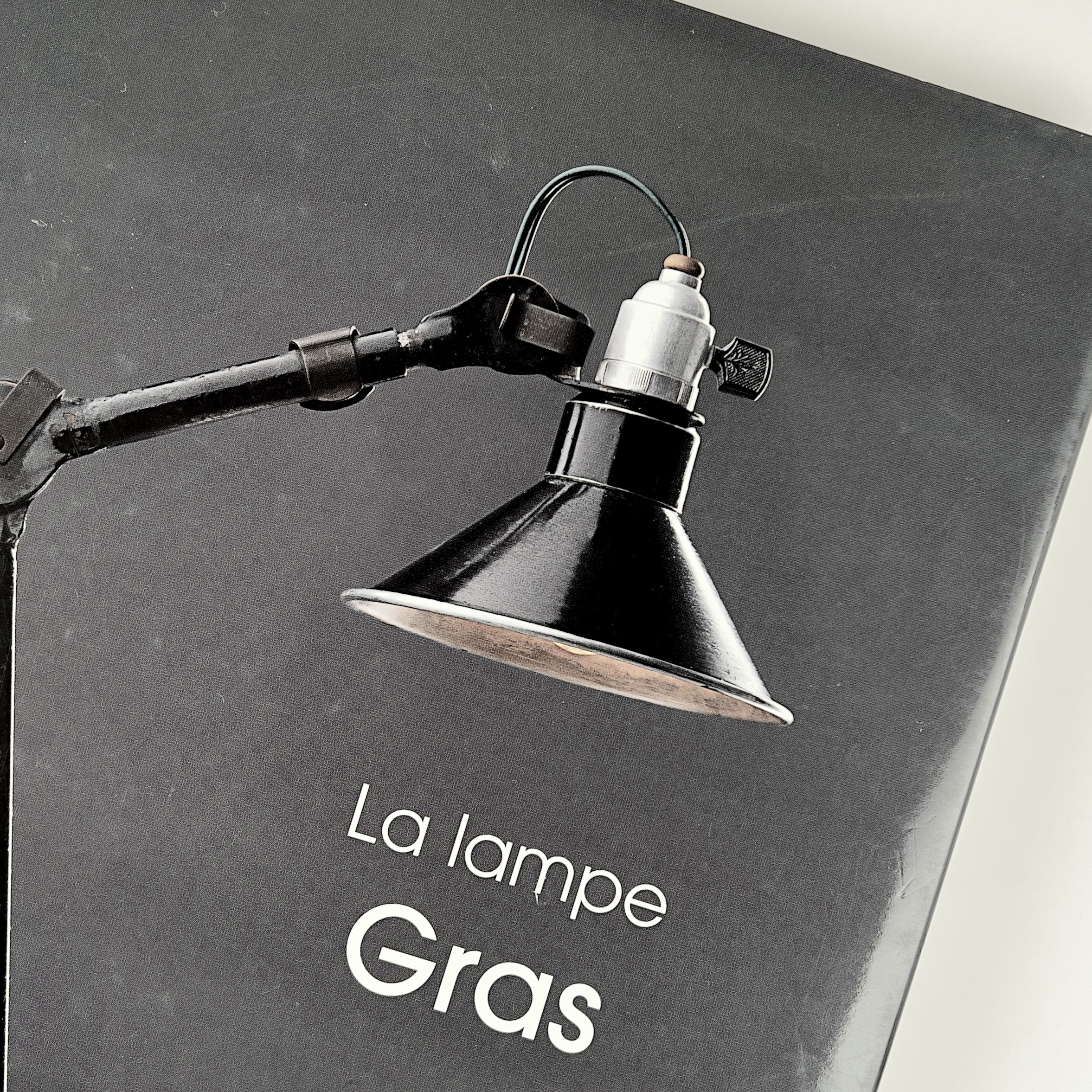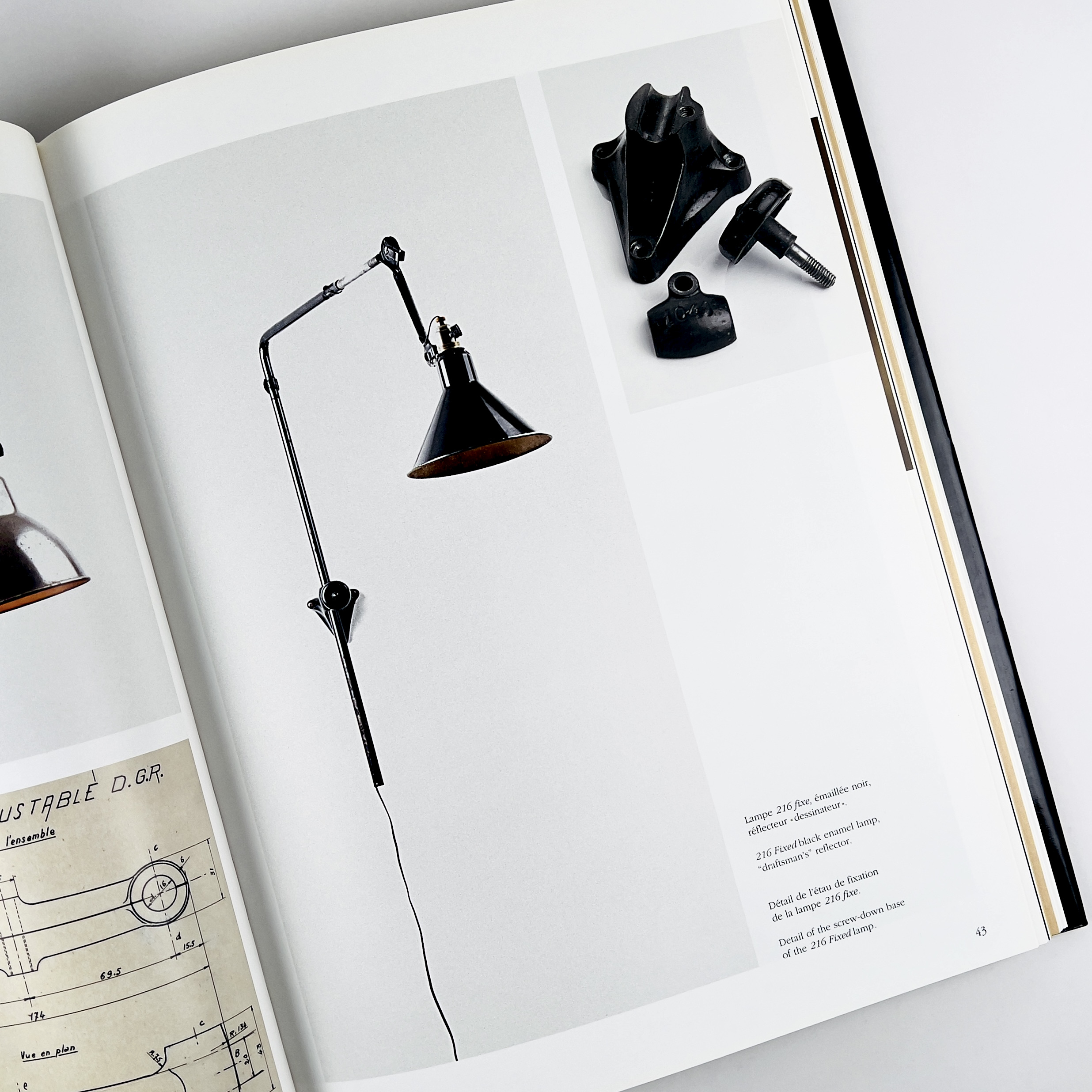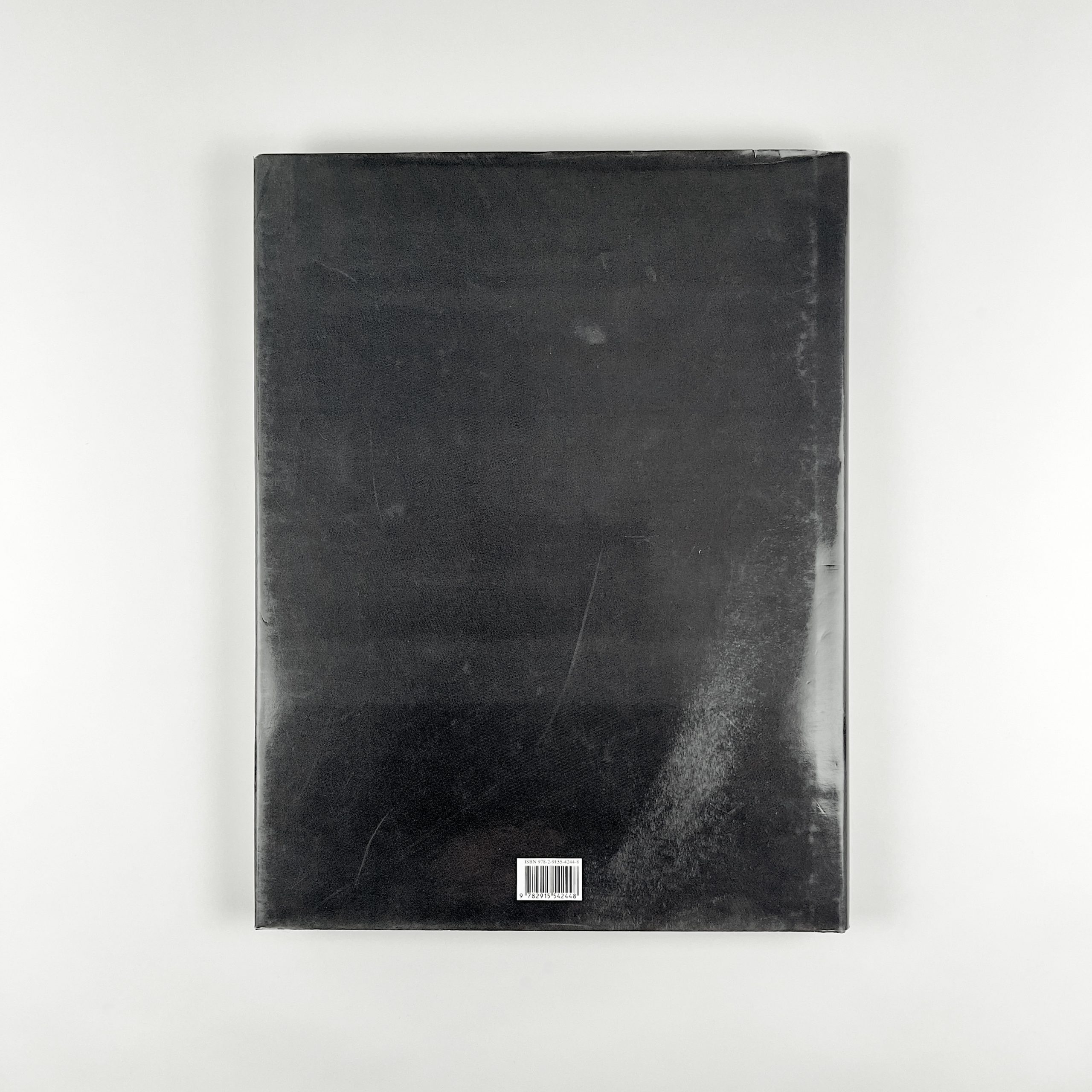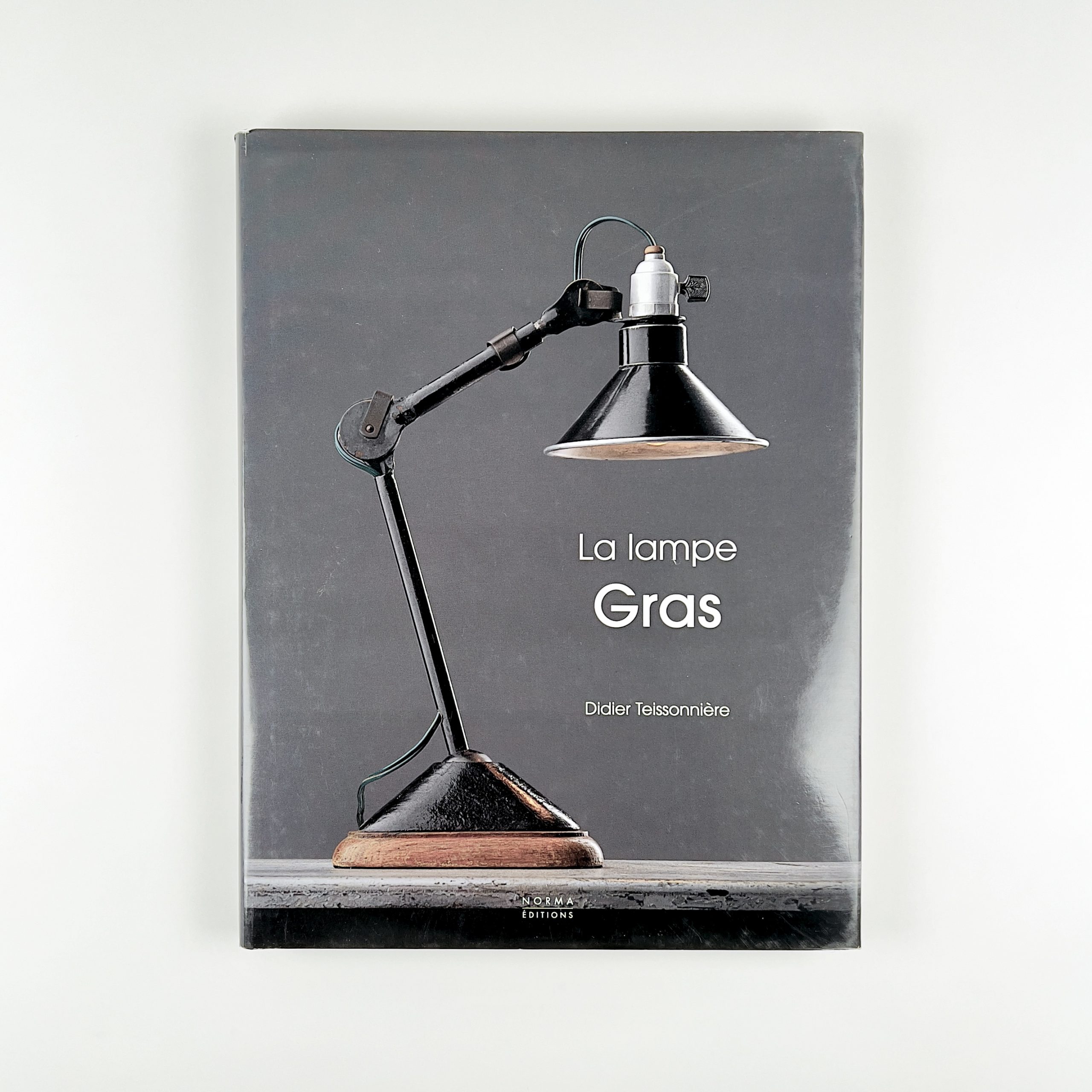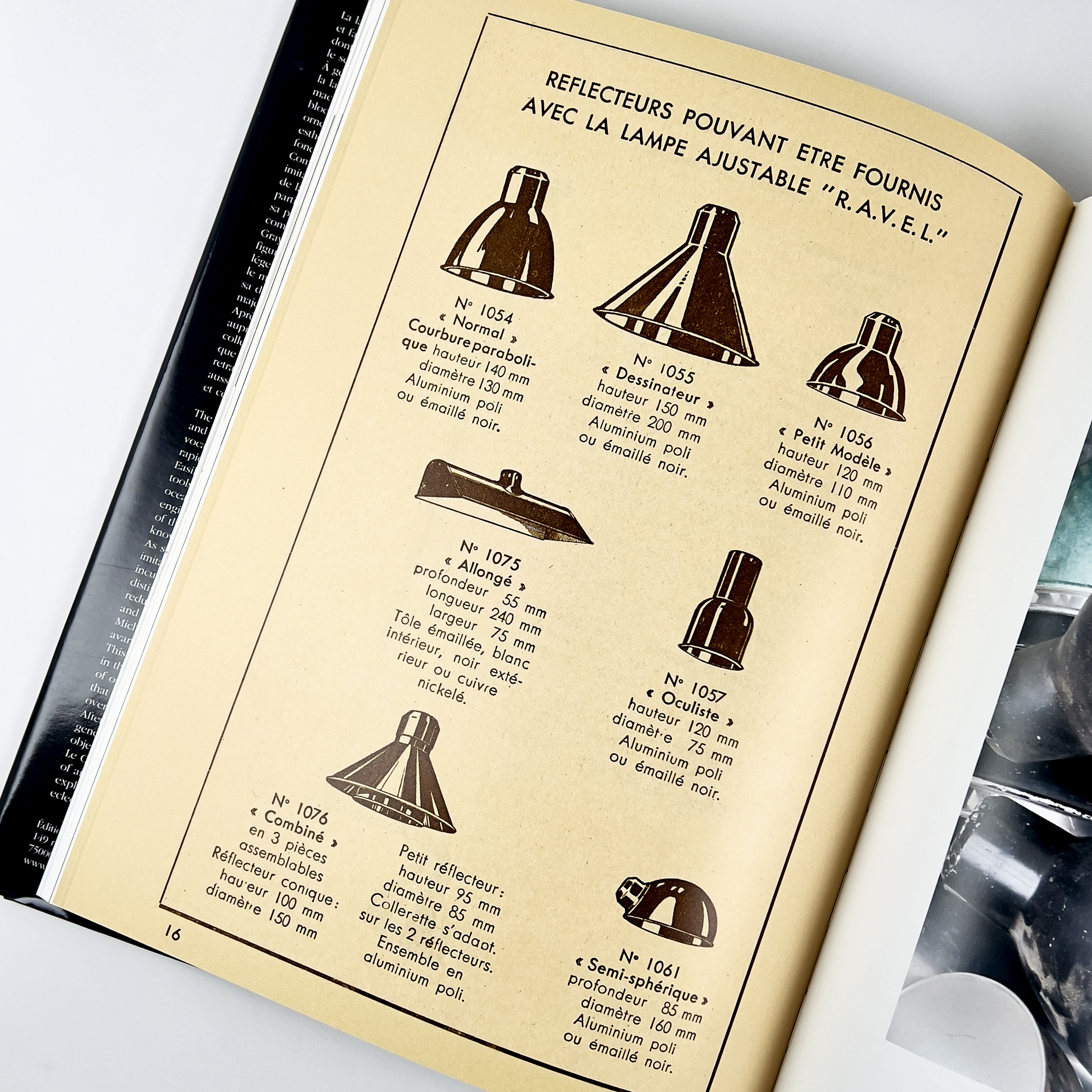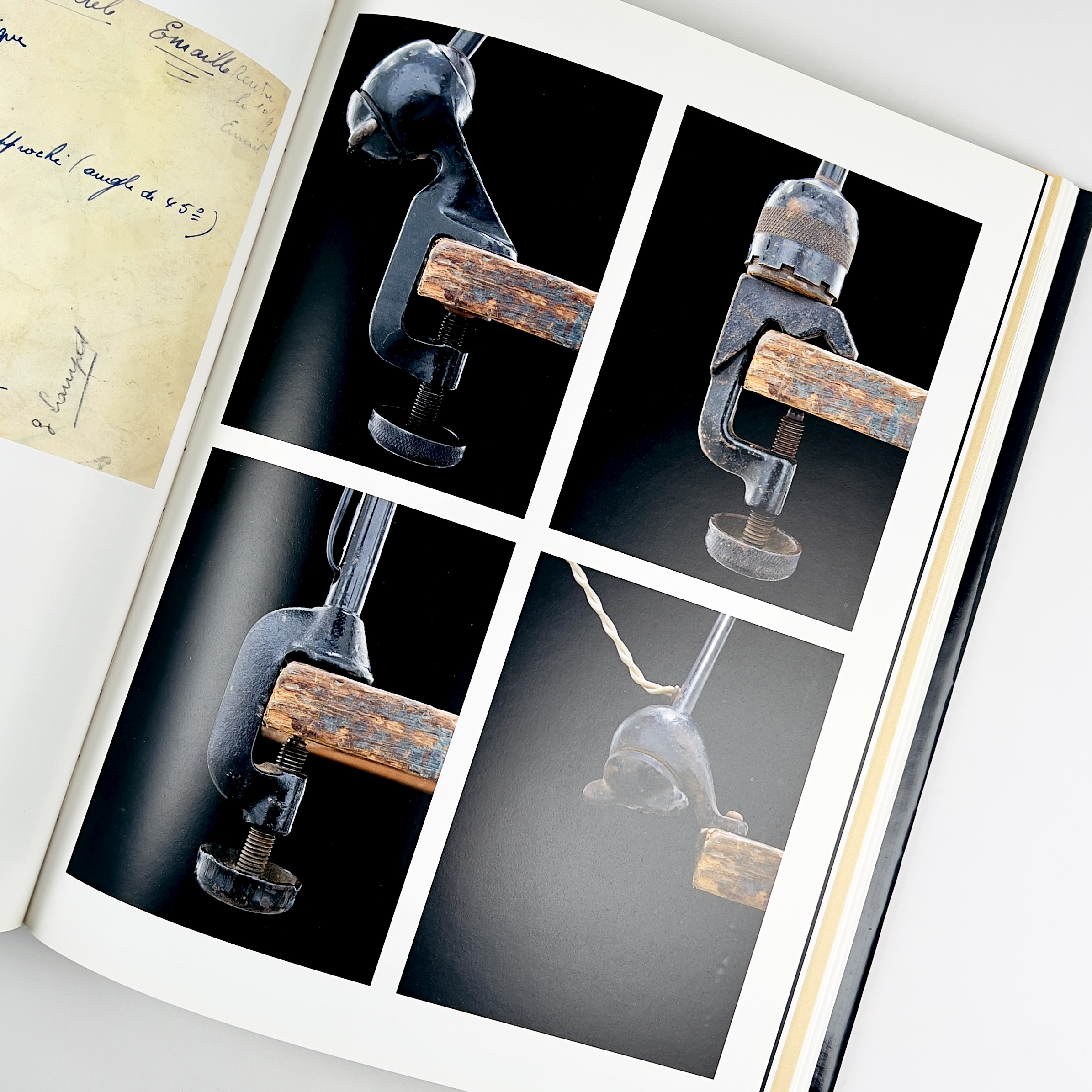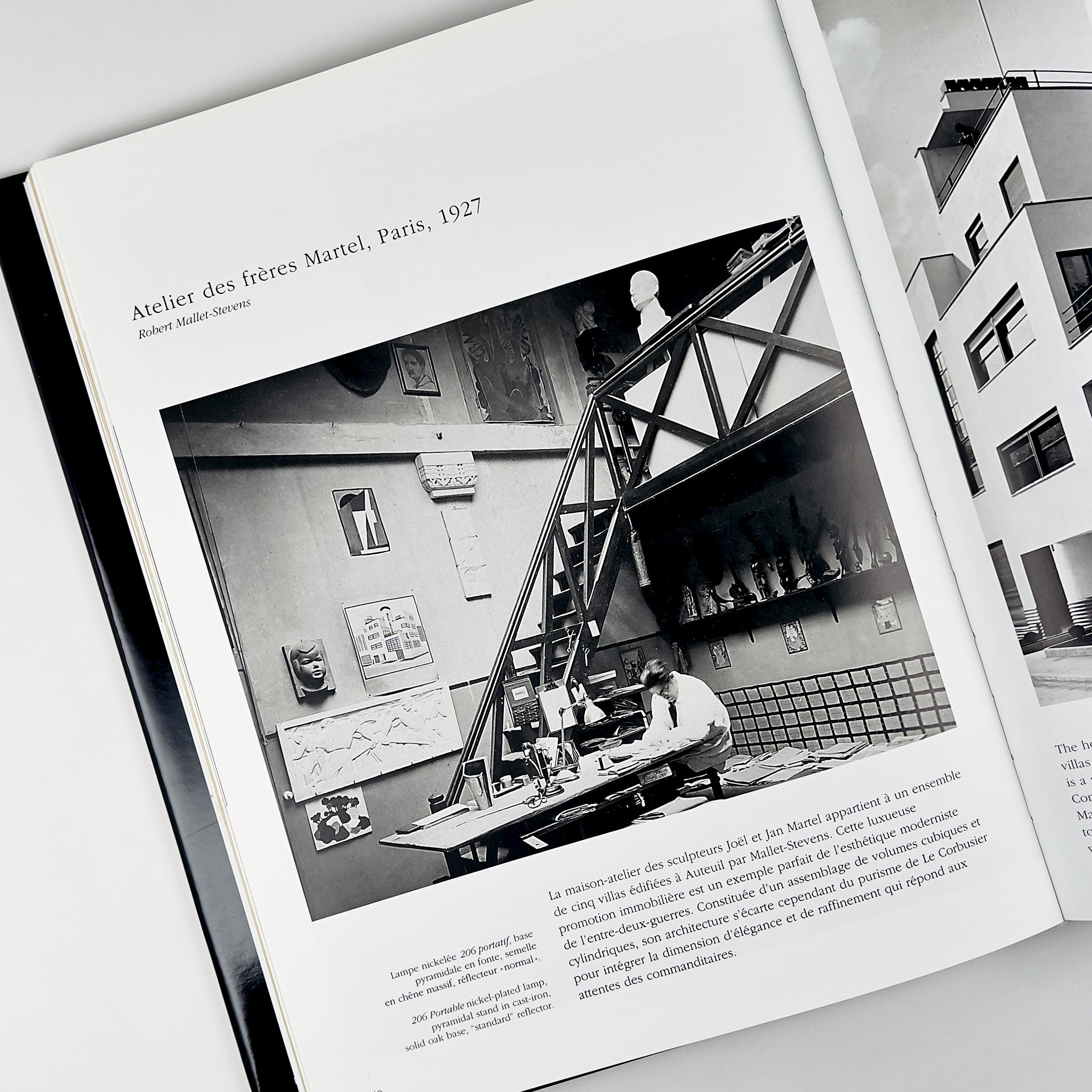-
BOOK
"THE GREASY LAMP
BY D. TEISSONNIÈRE
-
-
The Gras lamp has a unique place in the history of lighting. Designed and manufactured in 1921, it inaugurated a new type of lighting system designed to meet the needs of both industry and the booming service sector.
Variable in geometry and easily adaptable to individual needs, the Gras lamp is capable of lighting machine tools, drawing boards, offices, laboratories and even the operating theatre of the ocean liner Normandie. Repudiating all ornamental mannerism, its creator, the engineer Bernard-Albin Gras, endowed it with an aesthetic that is the perfect match of design and drawing, which is the basis of what we call design today.
-
As such, its success was immediate, to the point of sparking interpretations and imitations, particularly among Bauhaus members fascinated by this incunabulum of modernity. But it was Le Corbusier who gave it a special aura, seeing it, in his own words, as a "tool-object" reduced to its pure functionality, a "model-object" that benefited both his agency and his architectural creations. Following in his footsteps, Robert Mallet-Stevens, Eileen Gray, Michel Roux-Spitz, Sonia Delaunay, Georges Braque and many other avant-garde figures adopted it, contributing to its legendary status. This prestigious career was matched by a more anonymous success in the world of work, exceptional both for the volume of its commissions and its duration. There is hardly another example of a lamp that, without major modification, has been produced for more than half a century.
-
After a few decades in eclipse, the Gras lamp is regaining notoriety with a new generation of architects, decorators and collectors, fascinated by this object of early modernity in the same way as furniture by Le Corbusier, Herbst, Prouvé and Perriand. This book traces the history of an invention and an industrial adventure, but it is also a stroll through the aesthetic choices of the interwar period and the more eclectic choices of the present day.

